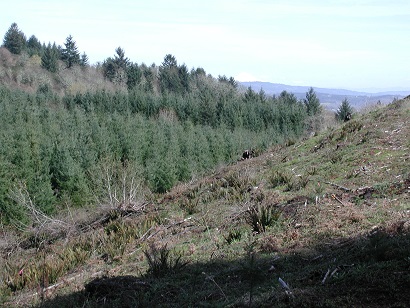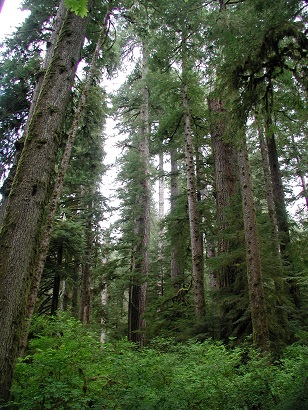Brad Withrow-Robinson, Forestry & Natural Resources Extension agent, Benton, Linn and Polk Counties, and Amy Grotta, OSU Forestry & Natural Resources Extension agent, Columbia, Washington and Yamhill Counties.

We are excited about recently finishing a Master Woodland Manager (MWM) training and welcoming a new group of MWM volunteers in the mid and north Willamette Valley. The 22 local landowners hail from Benton, Polk, Washington and Yamhill Counties, and bring a wide range of interests, experience and skills to the program. This advanced training included eight full days of classes and field tours, over four months, providing participants with lots of practical information and opportunities to share and learn from classmates.
Continue reading








